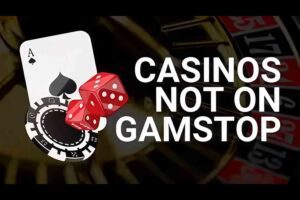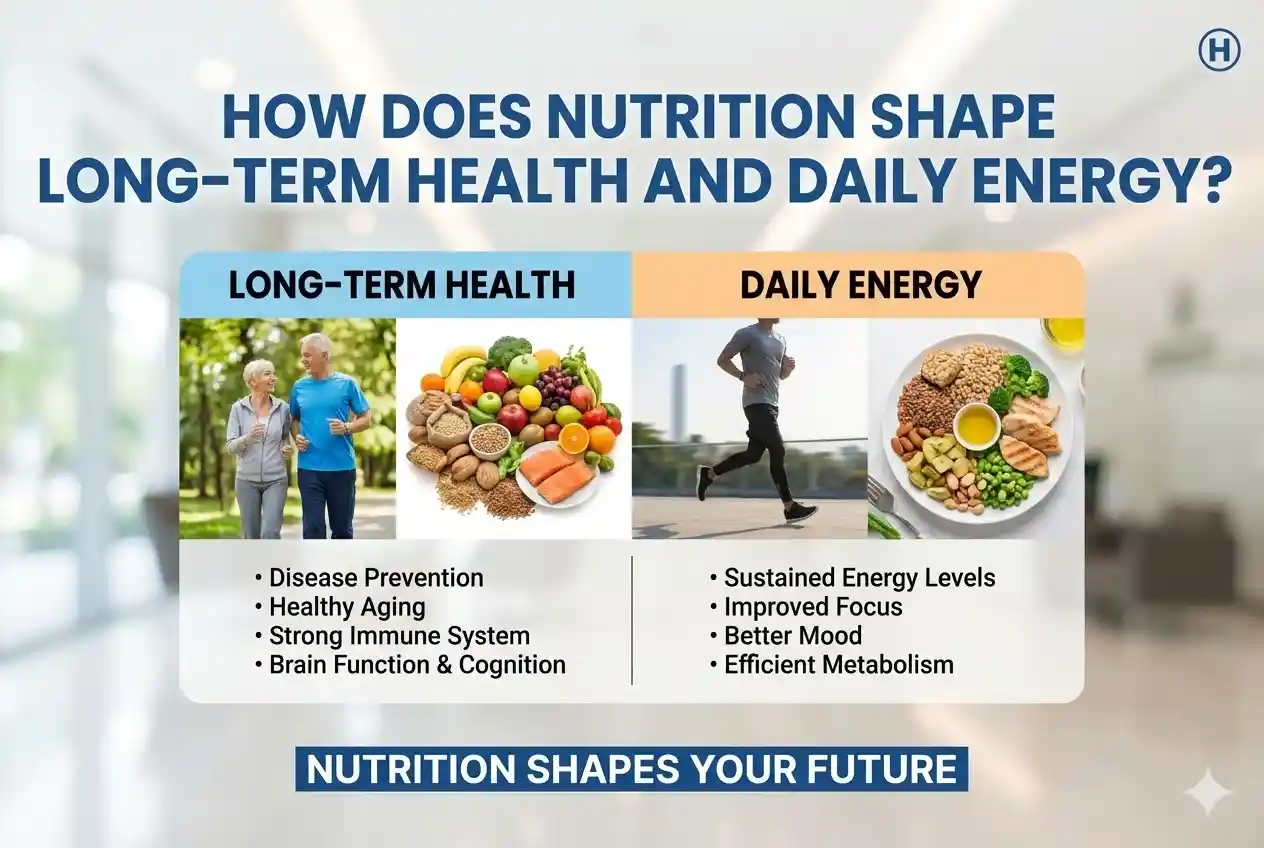Slot machines have evolved far beyond spinning reels and flashing lights. Today’s modern casino floors—both physical and virtual—feature games designed with immersive audio-visual cues that go straight to the player’s brain. Among the most intriguing design choices are heartbeat pacing effects, subtle yet powerful rhythms interwoven with the gameplay experience. Drawing from my years as a casino enthusiast and occasional game tester, I’ll delve into what heartbeat pacing is, why developers employ it, and how it influences player emotions and behaviors.
At a glance, first-time players might not consciously notice a faint thump-thump echoing through their headphones or the cabinet’s speakers. Yet these pseudo-cardiac pulses can make spins feel more urgent and wins more exhilarating. The effect simulates the natural rush of anticipation and victory, bridging the gap between the physical thrill of pulling a lever and the digital clicks of online slots.
What Is Heartbeat Pacing?
Heartbeat pacing refers to the incorporation of rhythmic audio or haptic pulses into game design that mimic the cadence of a human heartbeat. This technique leverages our physiological responses—when we’re excited or anxious, our own heart rates speed up. By aligning game beats to a near-resting heart rate at idle and escalating it during spins or bonus rounds, developers tap into an instinctual feedback loop.
Origins in Gaming and Beyond
The concept isn’t unique to casino games. Horror movies have used heartbeat sounds to ratchet up tension, while fitness apps simulate motivational beats during workouts. In slot machines, the use of heartbeat pacing dates back to high-end cabinets in the late 2000s, where premium machines added subtle haptic vibrations synced with audio cues. Today, software-based slots bring the same effect through surround sound and controller rumbles.
The Science Behind the Beat
Research into audio-visual stimulation shows that rhythmic cues can alter a player’s emotional state and attention levels. A study published in the Journal of Gambling Studies found that synchronized sounds significantly heightened players’ arousal levels and their perception of excitement—even when actual win rates remained unchanged. By mimicking a heartbeat slightly above resting rate (around 70–90 beats per minute), the game keeps players subconsciously alert yet comfortable.
Why Developers Use Heartbeat Pacing
Incorporating heartbeat rhythms isn’t just a gimmick; it represents a strategic design choice with multiple benefits.
Enhancing Immersion
I still recall my first session on a high-definition video slot featuring pulsing LED lights and a low-frequency hum. At idle, the machine’s tempo matched a calm heartbeat. The moment I triggered a free-spin feature, the beat accelerated, my palms grew sweaty, and the digital reels felt palpably alive. This level of immersion draws players deeper into the gameplay, increasing session duration.
Reinforcing Reward Moments
Heartbeat pacing accentuates key moments—big wins, bonus triggers, or near-misses. When the rhythm quickens just before a bonus round, it primes the brain’s reward centers. The payoff feels more satisfying, boosting positive reinforcement and encouraging players to spin again.
Subtle Encouragement and Flow State
Psychologists often discuss “flow,” a state where challenge and skill align, leading to deep engagement. Heartbeat pacing can help guide players into this flow by providing an external rhythm that matches game pacing. As spins start, the heartbeat syncs to the average spin duration, nudging players to continue playing in a seamless rhythm.
Implementing Heartbeat Effects in Game Design
Bringing heartbeat pacing into a slot requires hardware or software capabilities.
Audio Integration
Sound designers craft layered tracks: a base heartbeat underlies ambient music, with adaptive filters that modulate volume and tempo during gameplay. The process involves:
Recording or synthesizing a neutral heartbeat sample.
Creating loop points to ensure seamless repetition.
Programming tempo shifts tied to game states (idle, spin, bonus, win animation).
Haptic Feedback
For land-based machines and console ports, adding haptic pulses through vibration motors can replicate tactile heartbeat sensations. This tactile layer enhances immersion further, though it’s less common in standard online slots due to hardware limitations.
Visual Synchronization
Some games complement audio pulses with subtle visual cues—screen edge glows or LED strips flashing in sync. These secondary cues reinforce the rhythm without distracting from the reels themselves.
Real-World Examples
Video Slots with ECG Themes
Titles like Heart of Gold and Pulse X explicitly incorporate cardiac themes in their branding and mechanics. In these games, the heartbeat isn’t just background flair—it ties into bonus triggers. One popular title ramps from 60 bpm at rest to 120 bpm during a free-spin feature, creating palpable tension before each spin.
High-End Casino Cabinets
Certain brick-and-mortar machines in Las Vegas feature built-in vibrations and surround sound. These cabinets blur the line between arcade and slot, offering immersive, multi-sensory experiences. Players often report that sessions on these machines feel distinctly different—more “alive”—than on standard terminals.
Impact on Player Behavior and Well-Being
While heartbeat pacing can boost engagement, it’s important to consider responsible design.
Potential for Overstimulation
Prolonged exposure to heightened sensory stimuli may lead to fatigue or overstimulation. Reputable providers often include cooldown periods or voluntary session timers to mitigate this risk. As a player, I’ve found taking short breaks crucial after extended sessions on high-intensity machines.
Ethical Considerations
Game designers walk a fine line between immersion and manipulation. Clear labeling and voluntary opt-out settings for heartbeat effects can help ensure players remain in control. Some regulatory bodies are beginning to assess sensory design features to ensure they don’t exploit vulnerable individuals.
Exploring Beyond Regulated Markets
In some jurisdictions, providers offer titles with more pronounced heartbeat effects—especially at non gamstop casinos where self-exclusion and pacing tools may not be as strictly enforced. It’s essential for players exploring these platforms to be aware of the heightened stimulation and practice self-care while gaming. Always review a site’s responsible gaming options before playing.
Practical Tips for Players
Understanding heartbeat pacing empowers you to manage your experience effectively.
Listen for Tempo Changes
Noticing the subtle shift from calm to rapid beats can signal upcoming bonus rounds. Use these cues to anticipate gameplay events and manage your pacing.
Adjust Volume and Display Settings
Lowering audio volume or disabling haptic feedback (where possible) can reduce overstimulation. If a game feels too intense, consider switching to titles with more subdued effects.
Use Responsible Gaming Tools
Many casinos—regulated or otherwise—offer session timeout features. Set reminders or alarms to step away when your session time or spend limit is reached.
Conclusion
Heartbeat pacing effects represent a convergence of psychology, design, and technology in modern slot machines. By mirroring our own heart rhythms, developers create immersive experiences that heighten anticipation and reward. Whether through audio pulses, haptic feedback, or synchronized lighting, these effects add a layer of emotional engagement that transcends classic slot gameplay.
As you explore the latest titles—particularly at non gamstop casinos—keep an ear out for that subtle thump-thump. It’s more than atmosphere; it’s a crafted tool designed to draw you into the game’s rhythm. Used responsibly and with awareness, heartbeat pacing can transform a routine spin into an exhilarating ride.





